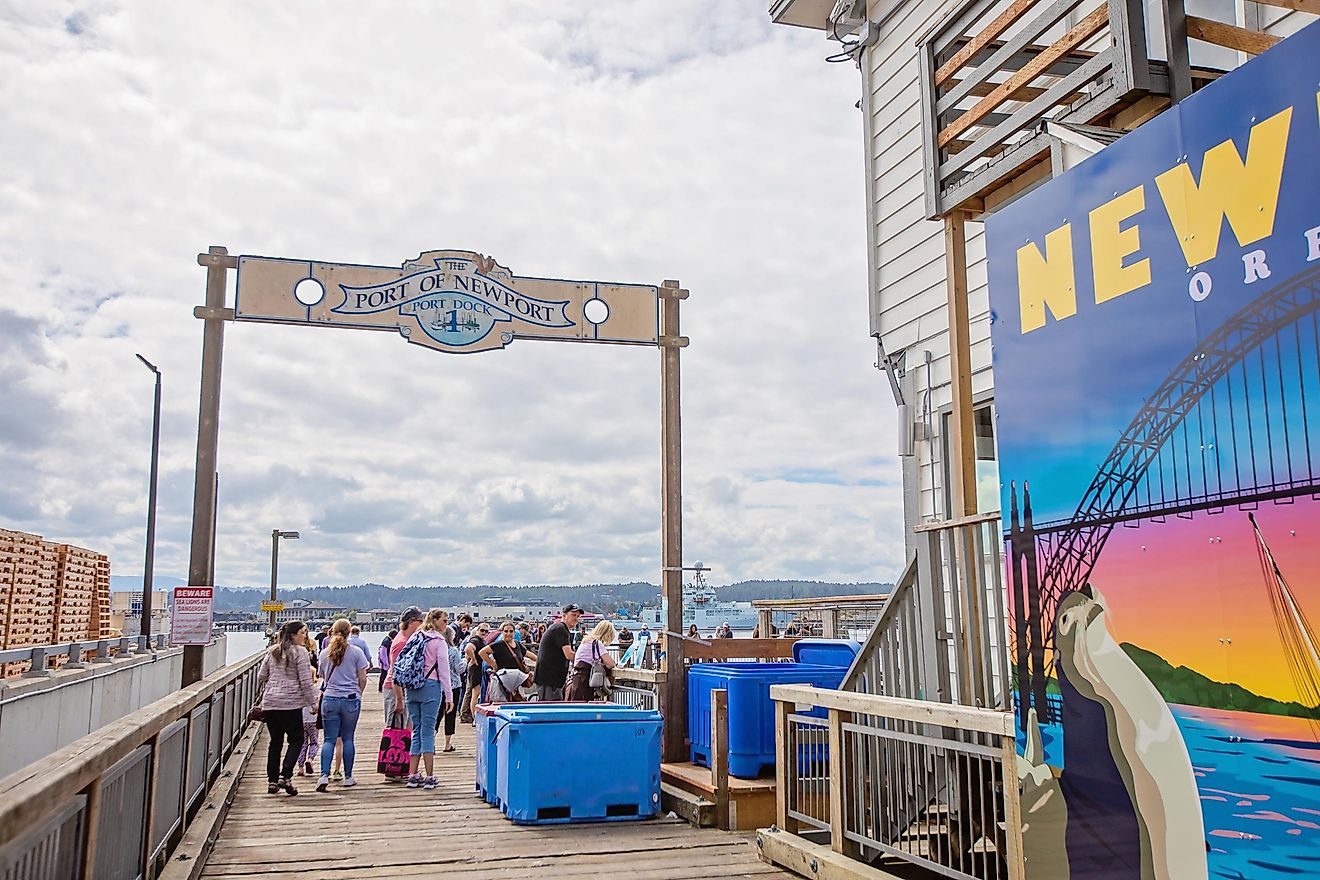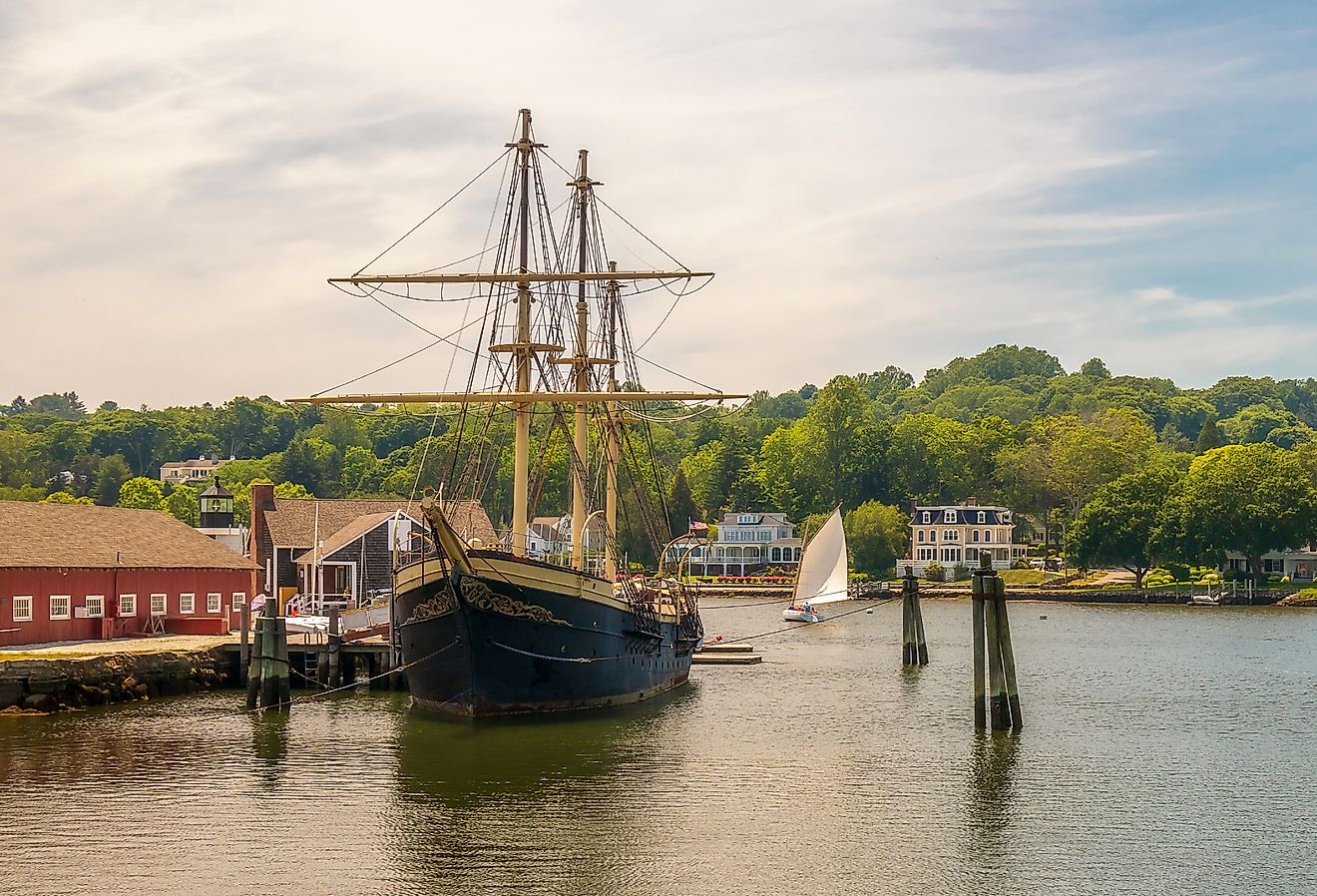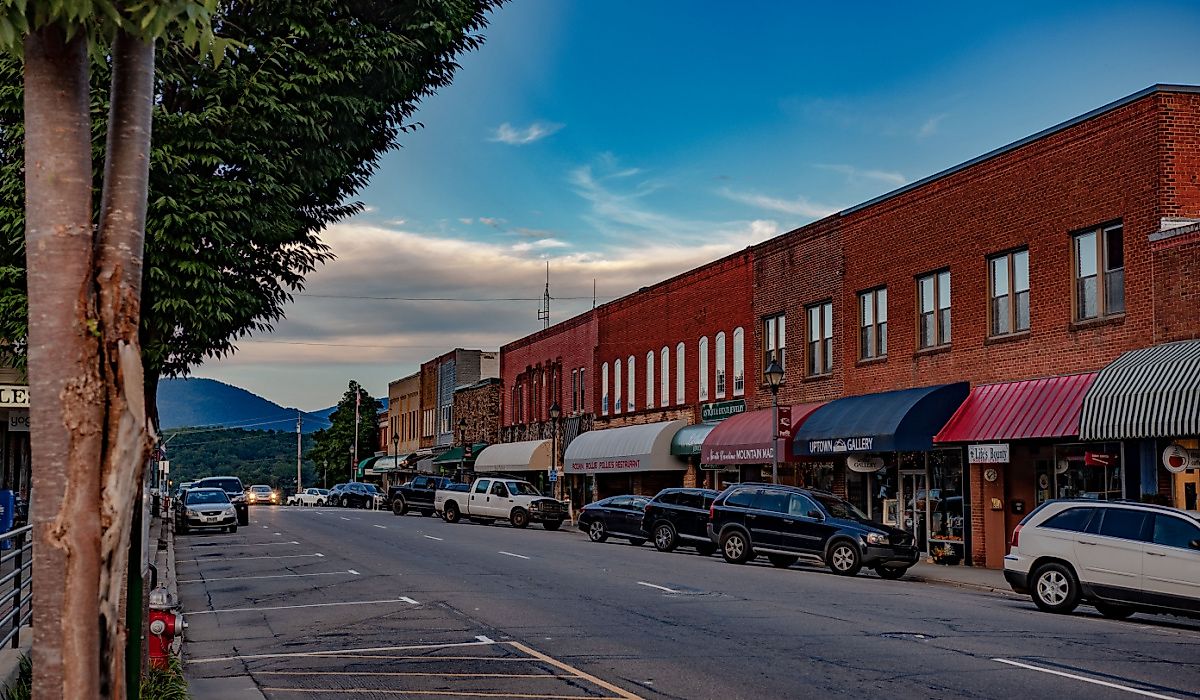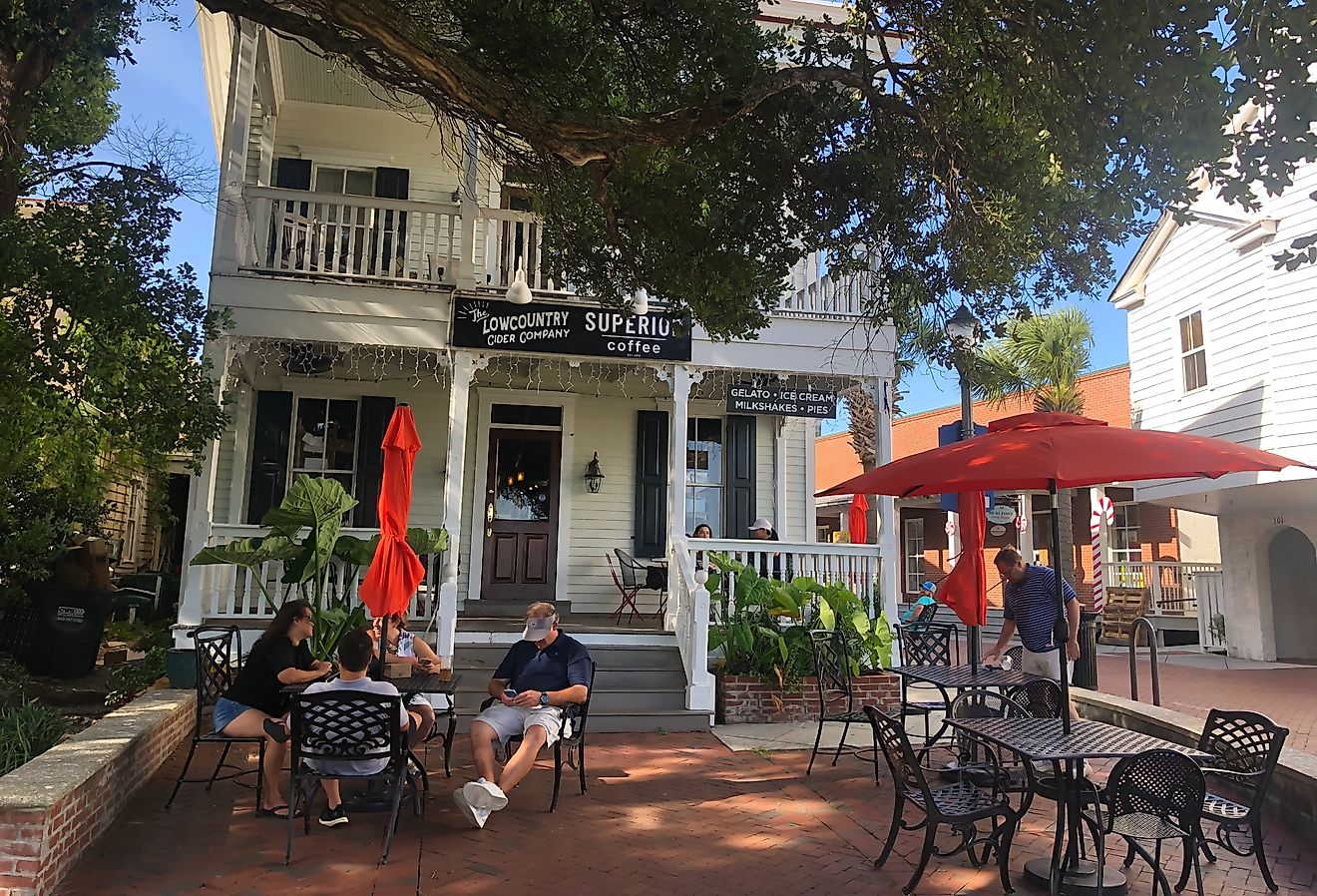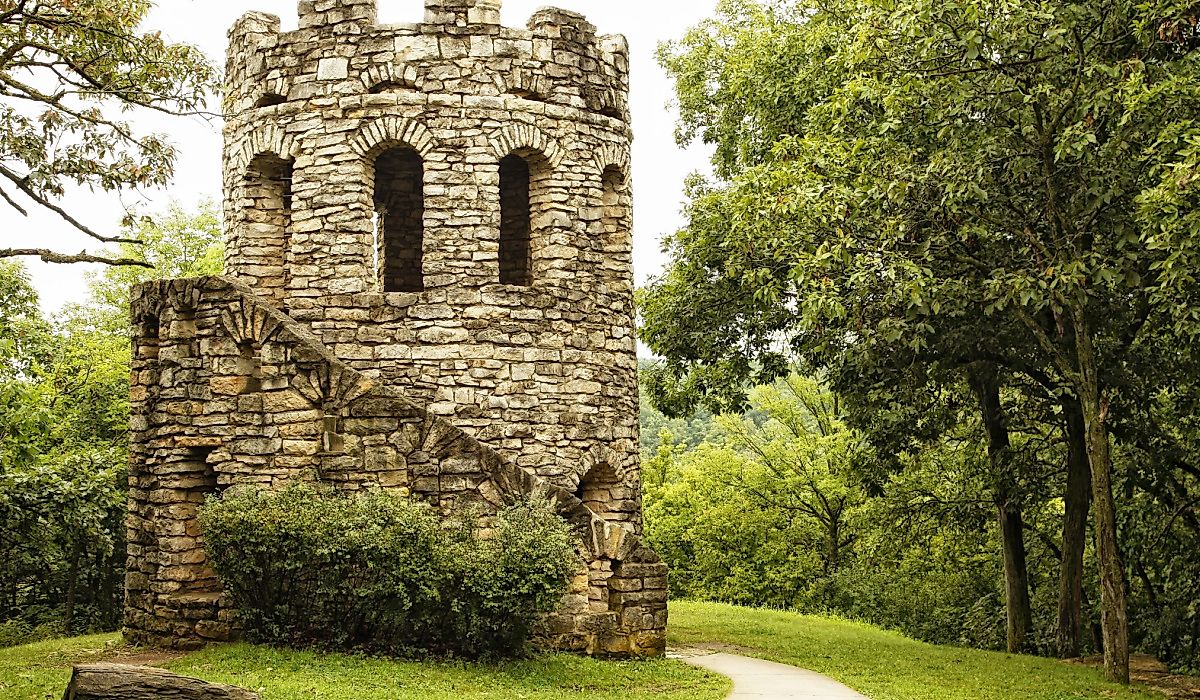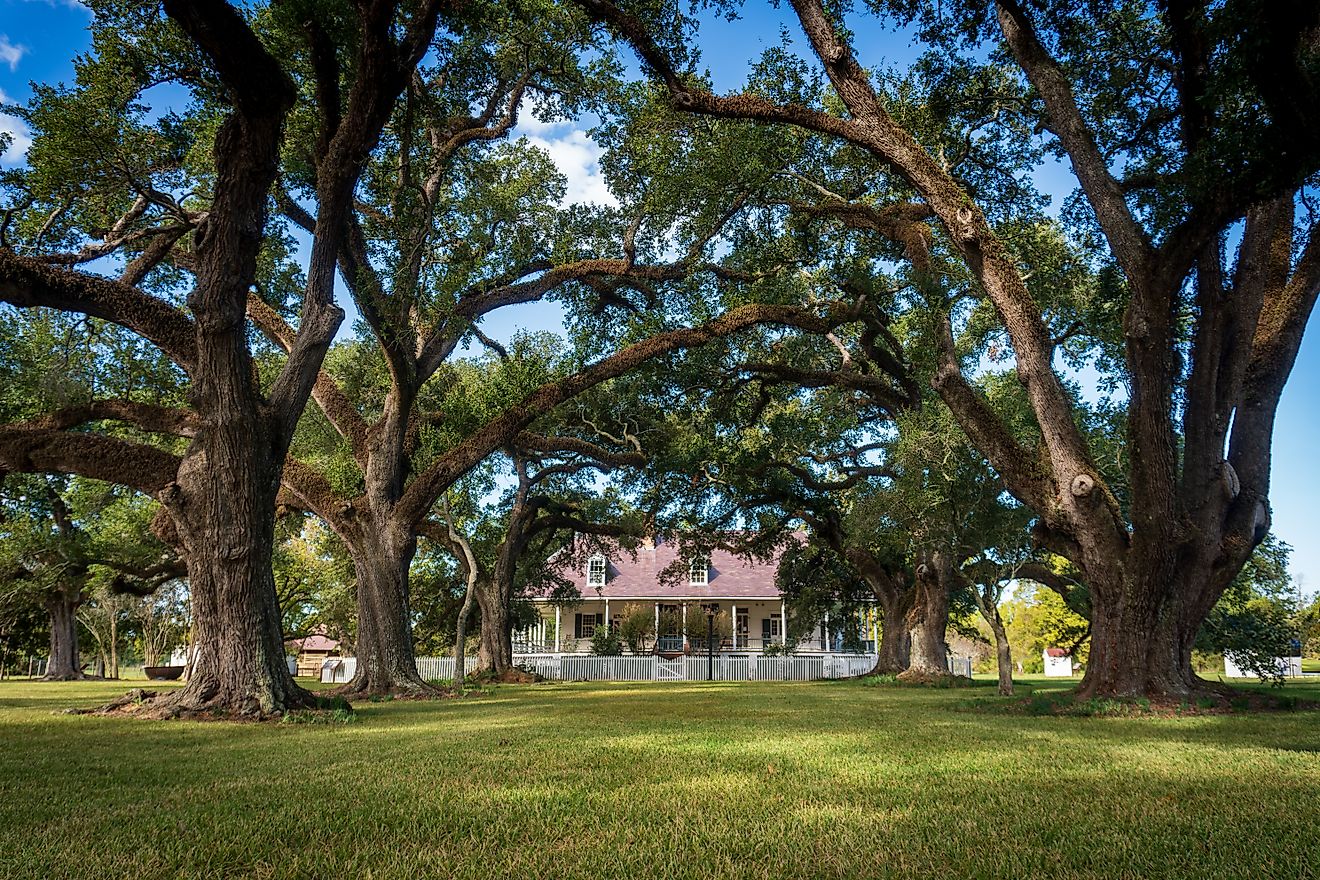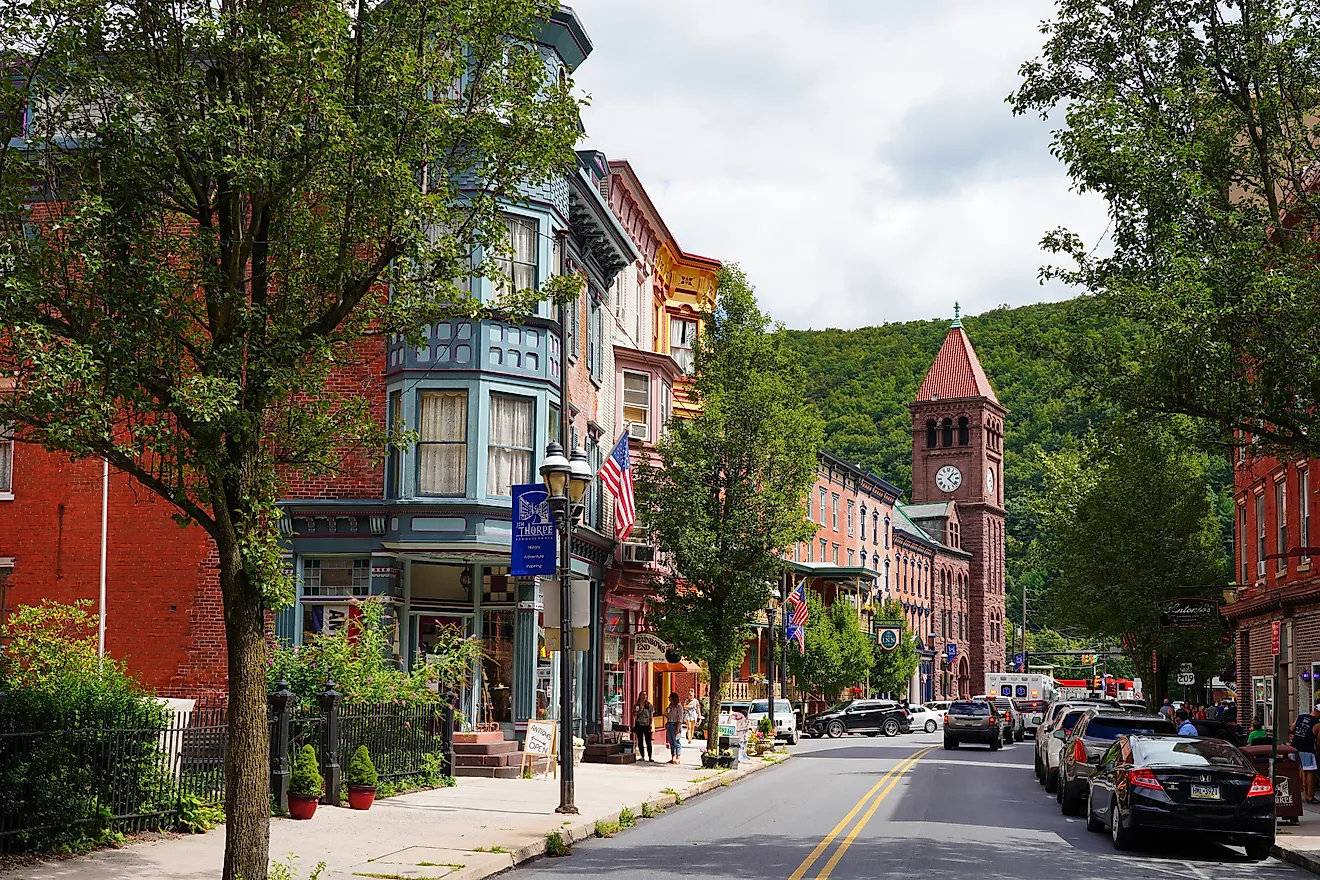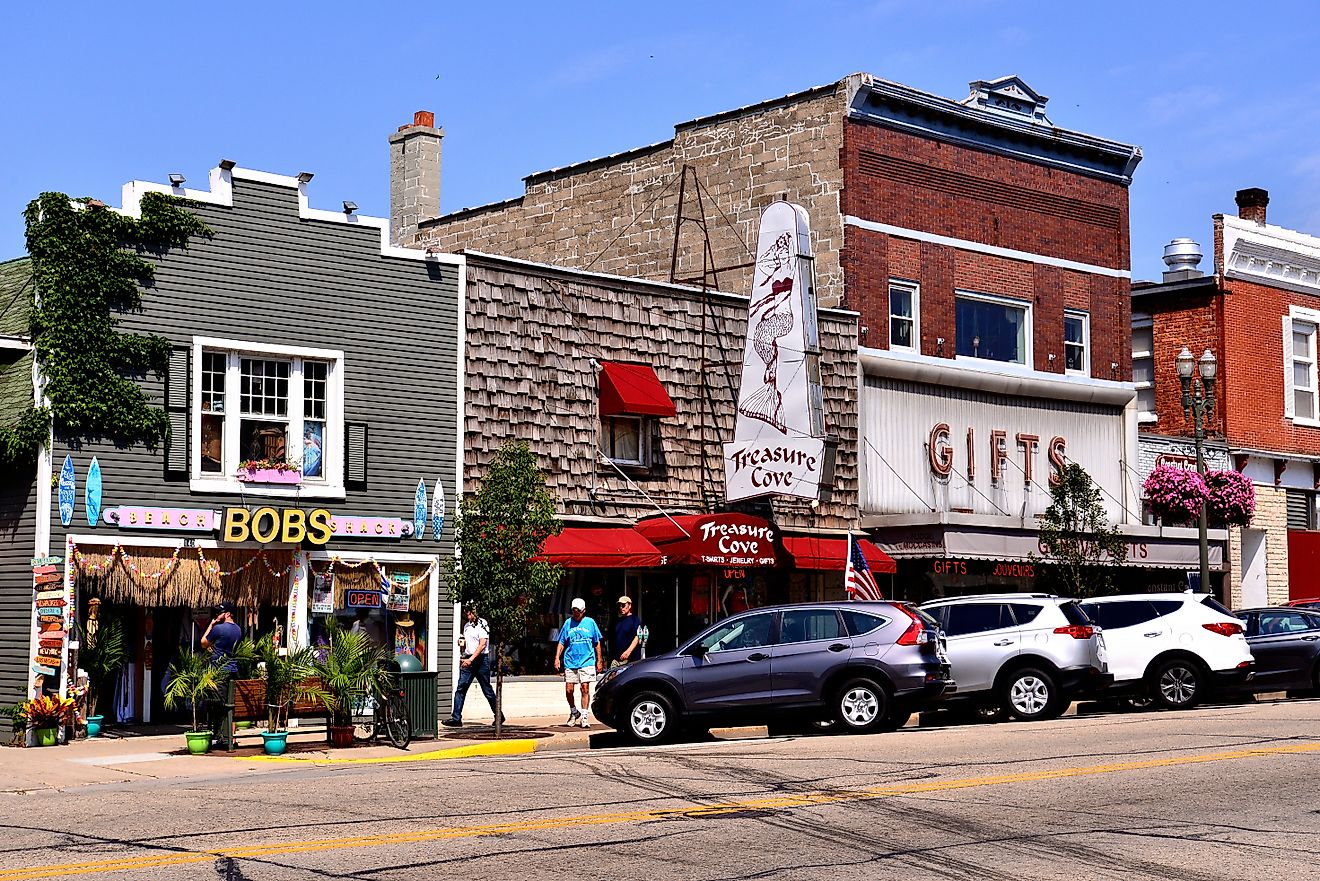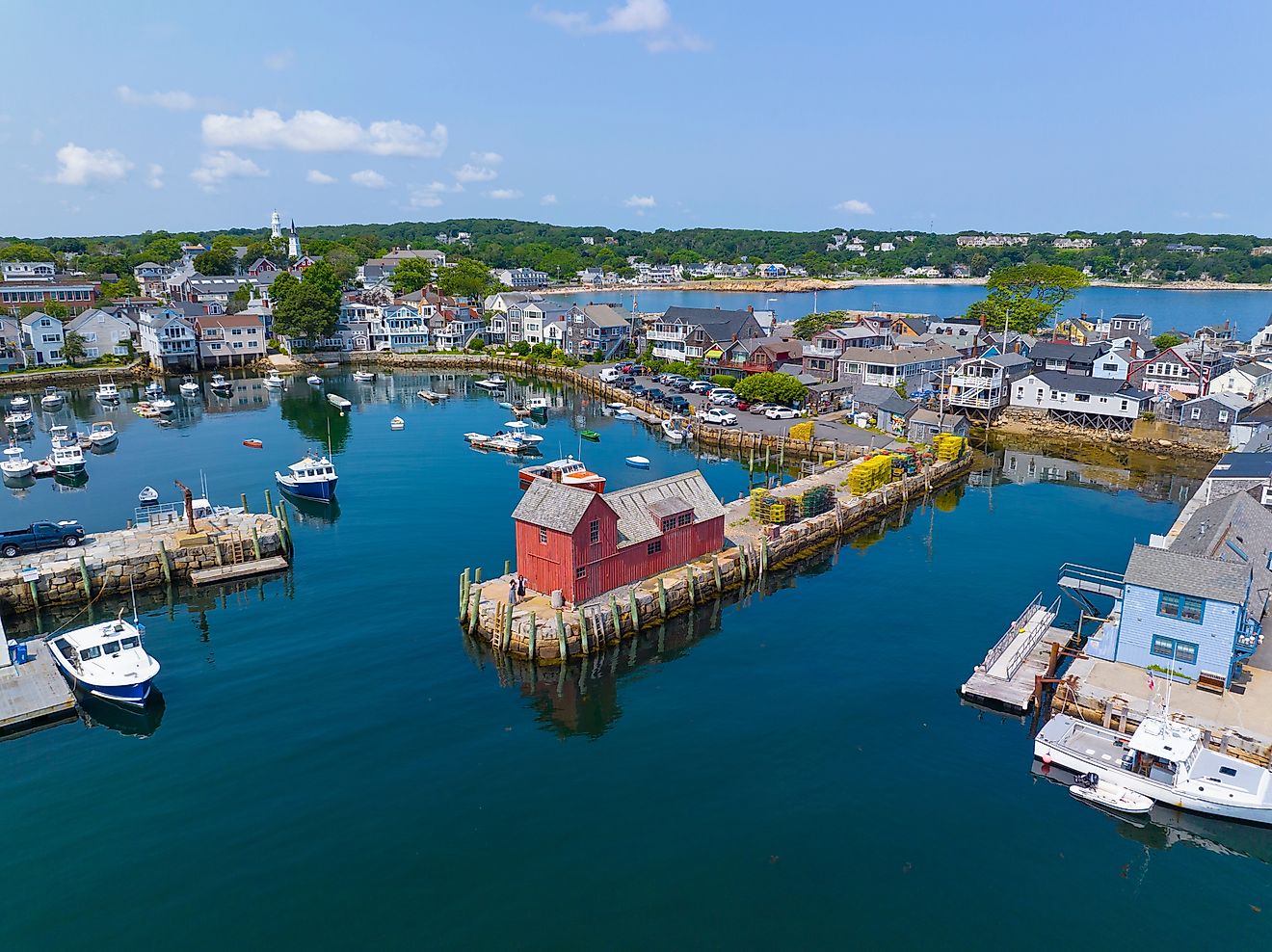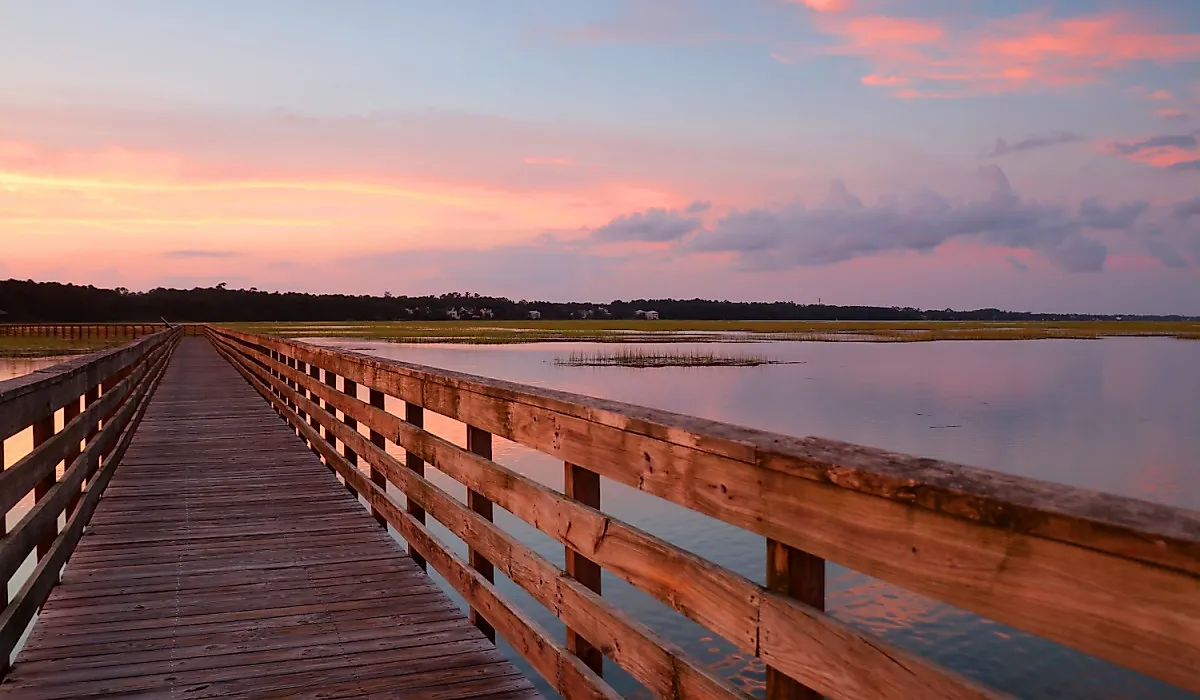
6 Best Natural Wonders To Visit In South Carolina This Year
South Carolina is host to a highly diverse landscape, from the coastal lowlands filled with beaches and wetlands to its hilly, densely forested interior. Within its borders are a number of notable natural landmarks worth checking out, whether it's rivers, mountains, barrier islands, or other significant ecological zones. From the tallest waterfall in the state to the "nursery of the sea," these are six of the most spectacular destinations in 2025 for outdoor exploration and eco-tourism.
Table Rock Mountain
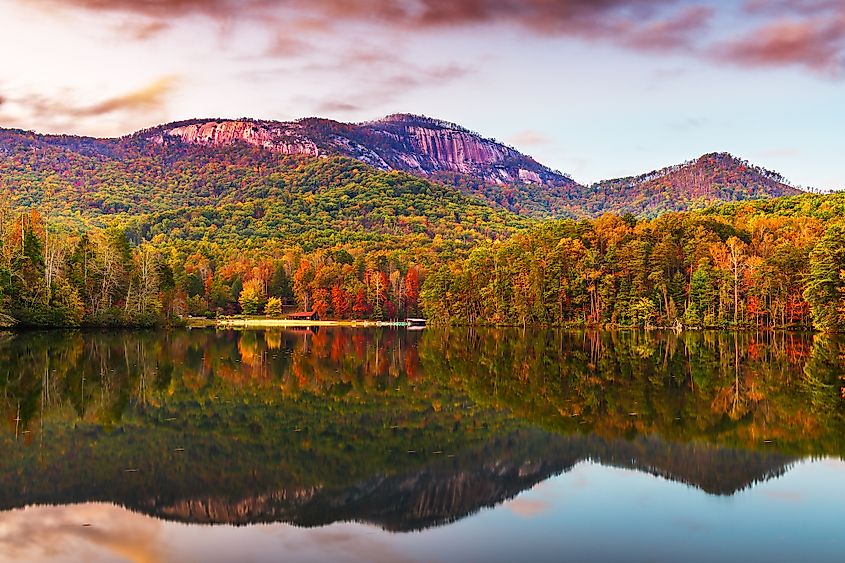
Rising 3,124 feet above sea level, Table Rock Mountain is the centerpiece of Table Rock State Park and among the most iconic natural landmarks in South Carolina. The mountain’s notably flat summit is visible for miles and has long served as a popular destination for hiking. You can access the peak via Table Rock Trail, a rigorous 7-mile round-trip hike with over 2,000 feet of elevation gain. The trek crosses creeks, ascends through dense woodlands (making it particularly scenic in the fall), and leads to a lofty granite overlook with uninterrupted views of the Blue Ridge Escarpment and Pinnacle Lake below.
The park also features a number of waterfalls, including Carrick Creek Falls near the base, as well as two mountainous lakes with fishing and kayak/canoe access. Birdwatchers and nature photographers frequent the park as well for sightings of peregrine falcons, black bears, and wildflowers in season. Nearby facilities include a visitor center, the Table Rock Nature Center, a historic lodge built by the Civilian Conservation Corps, and several campsites.
Huntington Beach State Park
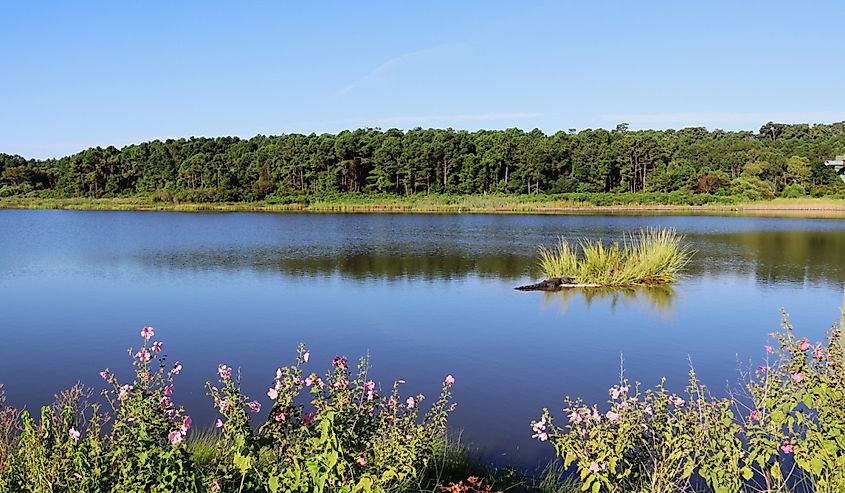
Huntington Beach State Park combines a vast salt marsh, a unique maritime forest, and pristine Atlantic shoreline in one of South Carolina’s most ecologically rich coastal preserves. Located at the southern end of Murrells Inlet, the park protects over 2,500 acres of barrier island habitat, including 3 miles of undeveloped beach for you to roam.
Famously, the coastal wetlands and freshwater lagoons attract a high concentration of birds, with more than 300 different species having been recorded. Because of that, it's become a top destination for birdwatching in the Southeast. Moreover, the park’s boardwalk trails provide prime viewing opportunities for alligators, various kinds of wading birds, and seasonal migrations.
Be sure to explore the Sandpiper Pond Nature Trail, which leads in and around the area's dunes, forestlands, and observation platforms. If you'd like to stay for a night or two, camping is available year-round, with many sites having quick access to both beach and marsh areas. In addition to the natural features, you'll find Atalaya Castle, the historic and highly picturesque former winter home of industrialists Archer M. Huntington and his wife, artist Anna Huntington.
ACE Basin
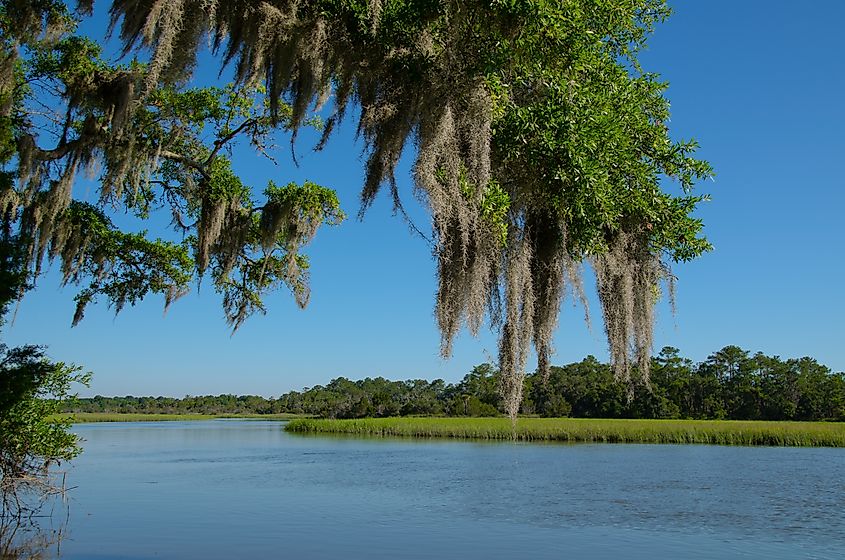
The ACE Basin is one of the largest undeveloped estuaries on the East Coast, covering over 215,000 acres of protected habitat that includes uplands, wetlands, tidal marshes, barrier islands, and beaches along the Ashepoo, Combahee, and Edisto Rivers. This region is renowned for housing a huge range of flora and fauna, including alligators, wood storks, river otters, and dozens of migratory bird species.
The ACE Basin has been preserved through a network of public and private conservation partnerships, and there are over a dozen publicly owned points of entry from which to access the ACE's various regions. The Donnelley Wildlife Management Area provides access to upland and wetland habitats, as well as tidal marshes, via a network of unpaved roads and trails. Late winter through early spring is a great time for birdwatching, while alligators are commonly spotted from February to October. Edisto Island offers coastal opportunities at Botany Bay Heritage Preserve and Edisto Beach State Park, and there are a number of other preserves, state parks, and wildlife management areas with their own unique offerings throughout the region.
Congaree National Park
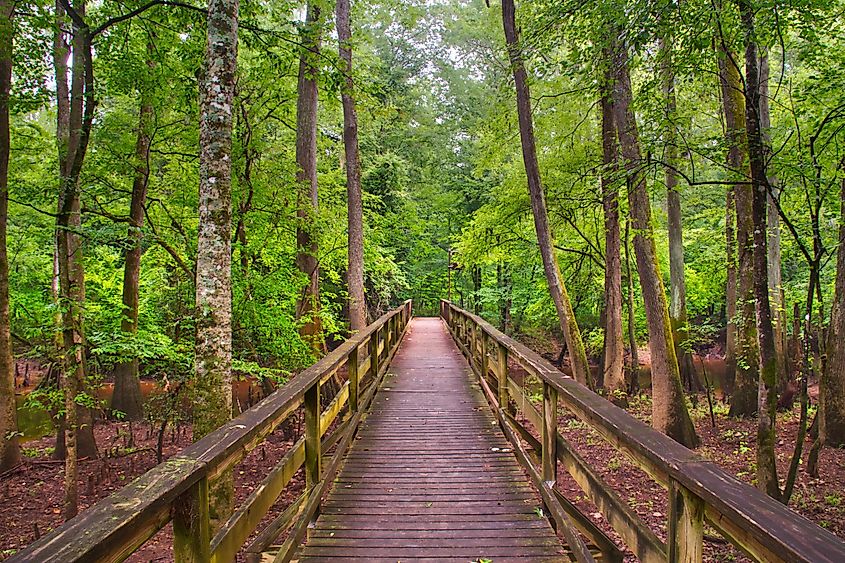
Congaree National Park protects the largest remaining tract of old-growth bottomland hardwood forest in the southeastern United States. Located roughly 25 miles southeast of the city of Columbia, the park covers 26,000 acres of floodplains shaped primarily by the Congaree and Wateree Rivers. Towering loblolly pines, bald cypress, and water tupelo dominate the landscape, many reaching record-breaking heights for their species.
One popular way to begin your exploration of the park on foot is the 2.6-mile Boardwalk Loop Trail, which allows you to walk through the swamp without disturbing the fragile soil (and getting your feet wet). Backcountry trails such as Kingsnake and River Trails provide deeper access to the wilderness and are known for their solitude and sheer biodiversity. Another favorite way to see Congaree is via the various canoe and kayak routes that follow Cedar Creek and other local waterways, where paddlers can observe otters, turtles, birds, and even alligators!
Congaree is also one of the few places in the country to witness synchronous firefly displays for about two weeks in late spring between mid-May and mid-June. This phenomenon is especially prominent in specific areas of the park that now require passes, won in a lottery system due to their popularity, to help manage the crowds that flock to the area to witness the natural light show.
Hunting Island State Park

Not to be confused with Huntington Beach State Park, Hunting Island State Park covers roughly 5,000 acres of barrier island along South Carolina’s coast. Despite being the state’s most-visited park, the landscape remains largely undeveloped and pristine. It includes five miles of beach, forest, wetlands, and tidal lagoons, as well as a boneyard beach formed by erosion. It also notably protects key nesting habitat for loggerhead sea turtles in summer and supports a range of other coastal wildlife, including alligators, herons, and deer.
Trails throughout the park include forested paths, a marsh boardwalk, and longer inland routes leading past ponds and dunes. Moreover, the local fishing pier extends over Fripp Inlet, and the Nature Center loans rods and reels as part of South Carolina's Tackle Loaner Program. Another major feature is the historic Hunting Island Lighthouse, originally built in 1875. Primitive and developed campsites are located near the beach as well, along with a single rental cabin. There are no commercial services on site, though, so visitors should plan ahead and bring necessary supplies.
Raven Cliff Falls
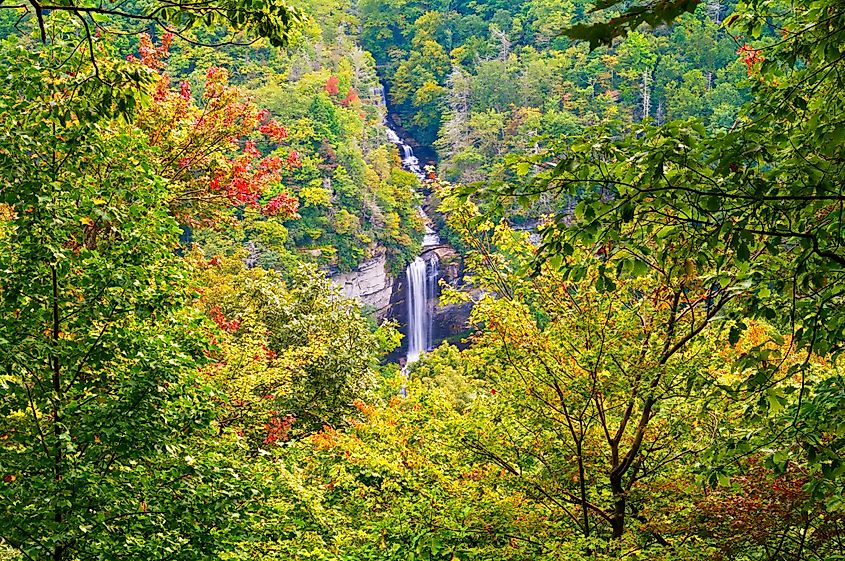
Raven Cliff Falls is South Carolina’s tallest waterfall, dropping about 420 feet along Matthews Creek within the Mountain Bridge Wilderness, more specifically located in Caesars Head State Park. The trail to the falls is about 3.8 miles round‑trip, rated as fairly easy and suitable for anyone who doesn't mind breaking a very mild sweat. You'll eventually reach an observation platform with a dramatic view of the falls plunging into the gorge below.
Situated in the remote mountains in the far northern reaches of the state, this may not be the most awe-inspiring waterfall in the country, but its location is quiet and generally uncrowded, with limited cell service and few amenities nearby; this is a place where you can truly escape city life for a while. The region's dense, leafy forests also make for intensely beautiful scenery in autumn, where the colorful foliage can be seen from several viewpoints and trails besides the ones around the falls.
Experience South Carolina's Scenic Nature Today
Whether you want to hike to a picturesque waterfall, lounge on a clean, sandy beach by the ocean, paddle a remote river, or simply get lost and found in the great outdoors, these six natural landmarks are among the best places in South Carolina for an escape into the wild. This year, be sure to add one or two of these spots to your list and really see what this state has to offer with the ultimate road trip in the South.
